Everything has pros and cons, whether it is advancement or modernization. The ratio of threats is increasing with every passing day as the digital world evolves. One cannot anticipate the extent of the negative impact of social media and other sources on one’s personal privacy, but we can have little insight into this matter. The following are some of the threats that are impacting personal privacy.
AI Governance and Challenges
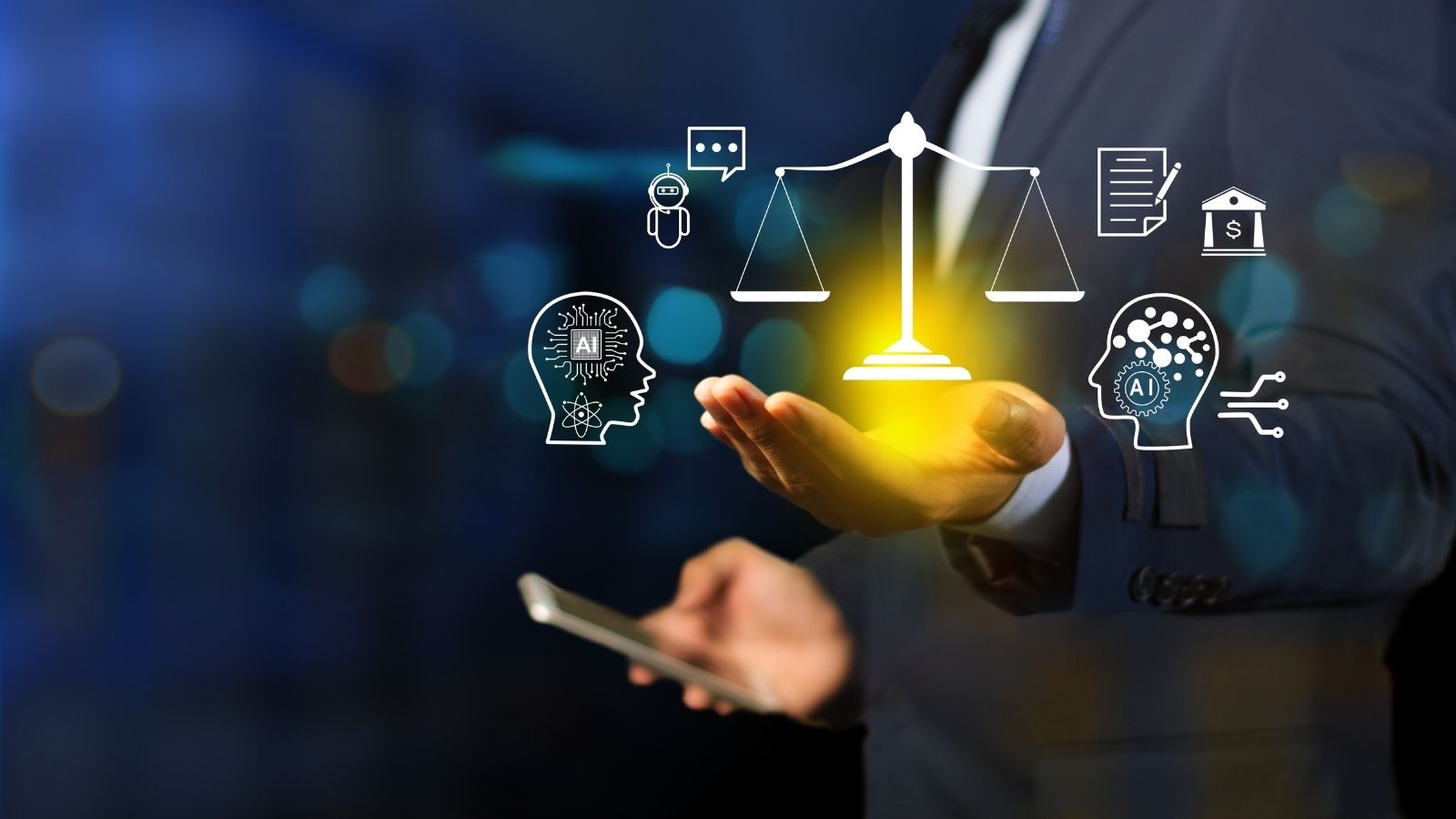
Artificial Intelligence (AI) remains a hot topic. In 2024, we’ll witness advancements in AI governance, innovation, and potentially new laws. The EU AI Act, set to be enforced in 2026, will have far-reaching effects globally.
As companies use AI, they must comply with privacy regulations, such as the General Data Protection Regulation (GDPR), which requires lawful and transparent data collection for AI inputs.
Key principles, such as ‘Data Minimization’ and ‘Purpose Limitation, ‘ guide AI systems to use minimal personal data for specific purposes.
Spyware and Surveillance
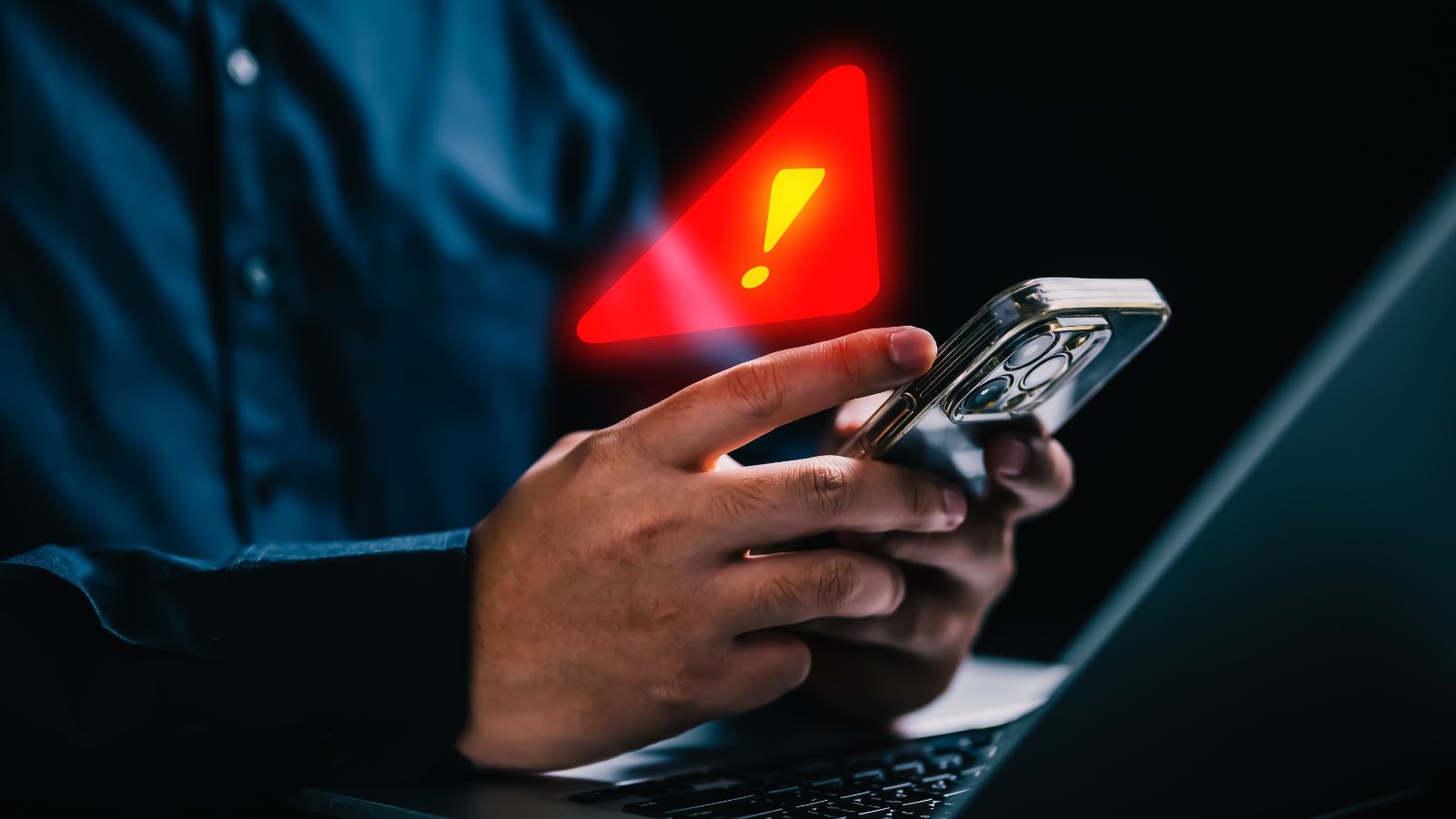
Spyware and surveillance threaten privacy, data security, and democratic values. Government entities frequently misuse invasive hacking tools, transforming smartphones into constant surveillance tools.
These tools aim to silence dissenting opinions by targeting journalists, activists, and advocates for human rights. Encryption, an essential tool for preserving privacy, is encountering challenges due to the demand for built-in access points.
Moreover, the widespread surveillance in public areas, made possible by digital identity systems and biometric databases, is causing apprehension. It is crucial to swiftly establish regulations and protections to safeguard human rights in the digital era.
Data Breaches and Cyberattacks

Data breaches and cyberattacks have significantly impacted businesses in 2024. Ransomware attacks and data theft incidents have disrupted organizations, affecting healthcare systems, car dealerships, and software companies.
For instance, the UnitedHealth-owned prescription processor Change Healthcare faced a ransomware attack, causing widespread disruption in the U.S. healthcare system.
Similarly, the Ascension health system and software maker CDK Global fell victim to crippling ransomware attacks. These incidents highlight the pressing need for robust security measures and vigilance against cyber threats.
Exploitation of Biometric Data/ Biometric Surveillance
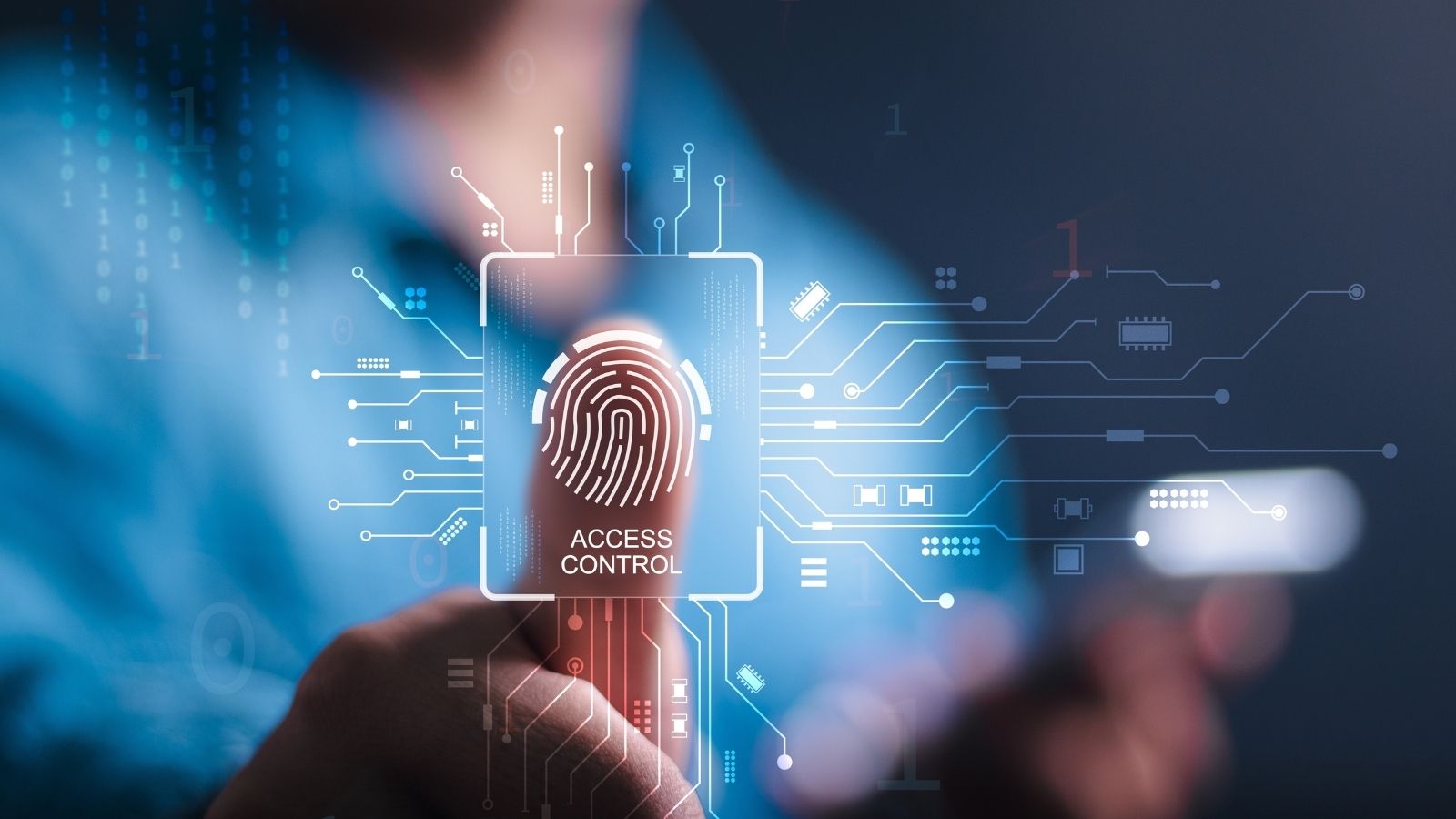
Biometric surveillance has become increasingly sophisticated and pervasive, posing new privacy and civil rights threats. Technologies like facial recognition, iris scanning, and fingerprint identification collect and process biometric data to identify individuals.
However, false claims about accuracy or efficacy can violate consumer trust. Additionally, large databases of biometric information may attract malicious actors, risking misuse. Striking a balance between security and individual rights remains central in this evolving landscape.
Deep fake Technology/ Deepfake Threats
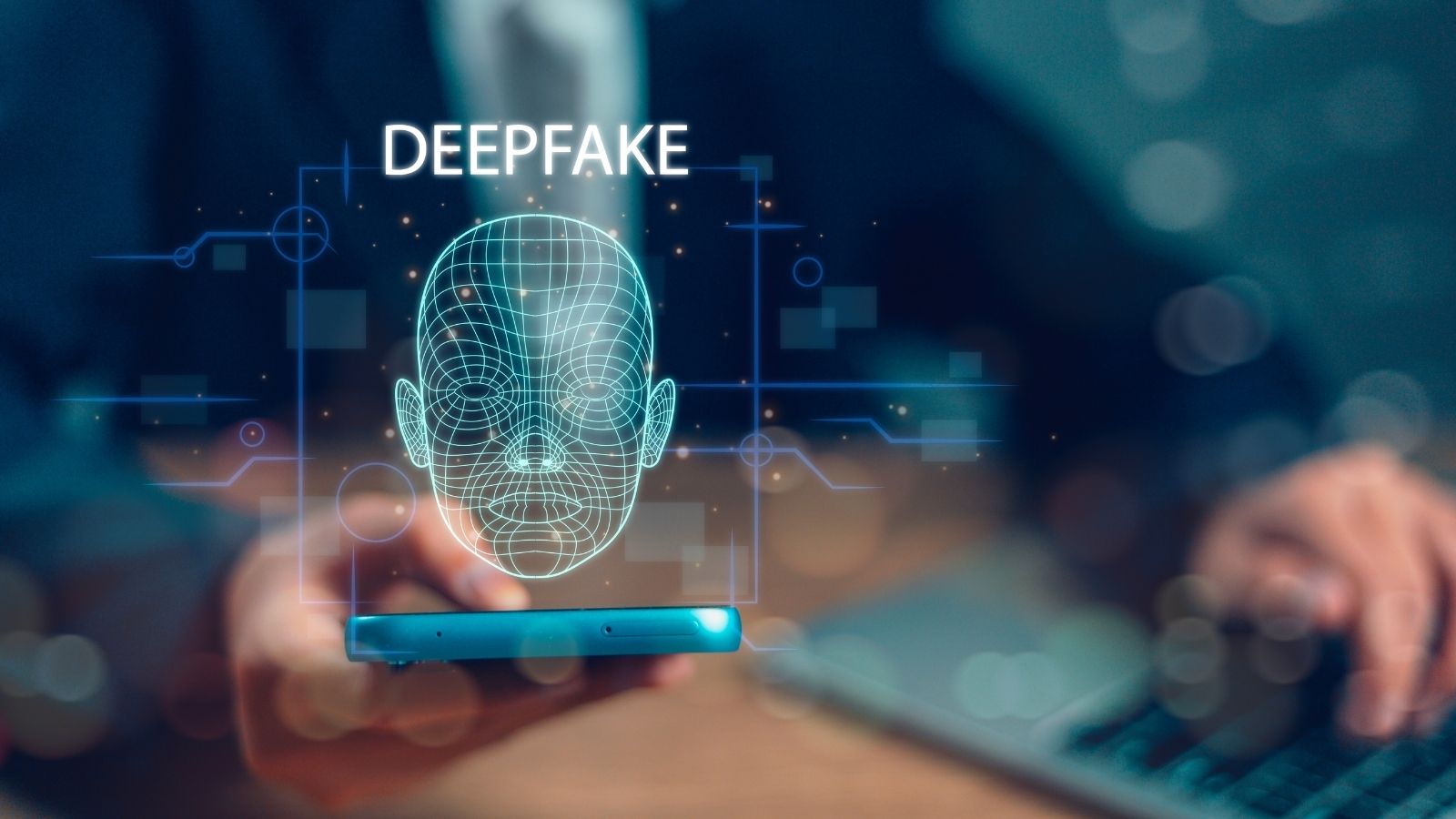
Deepfake threats have exponentially increased, posing challenges for modern technology and communications users. These synthetic media manipulations, including deepfakes, raise concerns about disinformation operations.
Such operations aim to influence the public by spreading false information about individuals or political, social, military, or economic issues. Organizations and civil society must prepare for, identify, defend against, and respond to these threats by following recommended steps and best practices.
Use of Drones
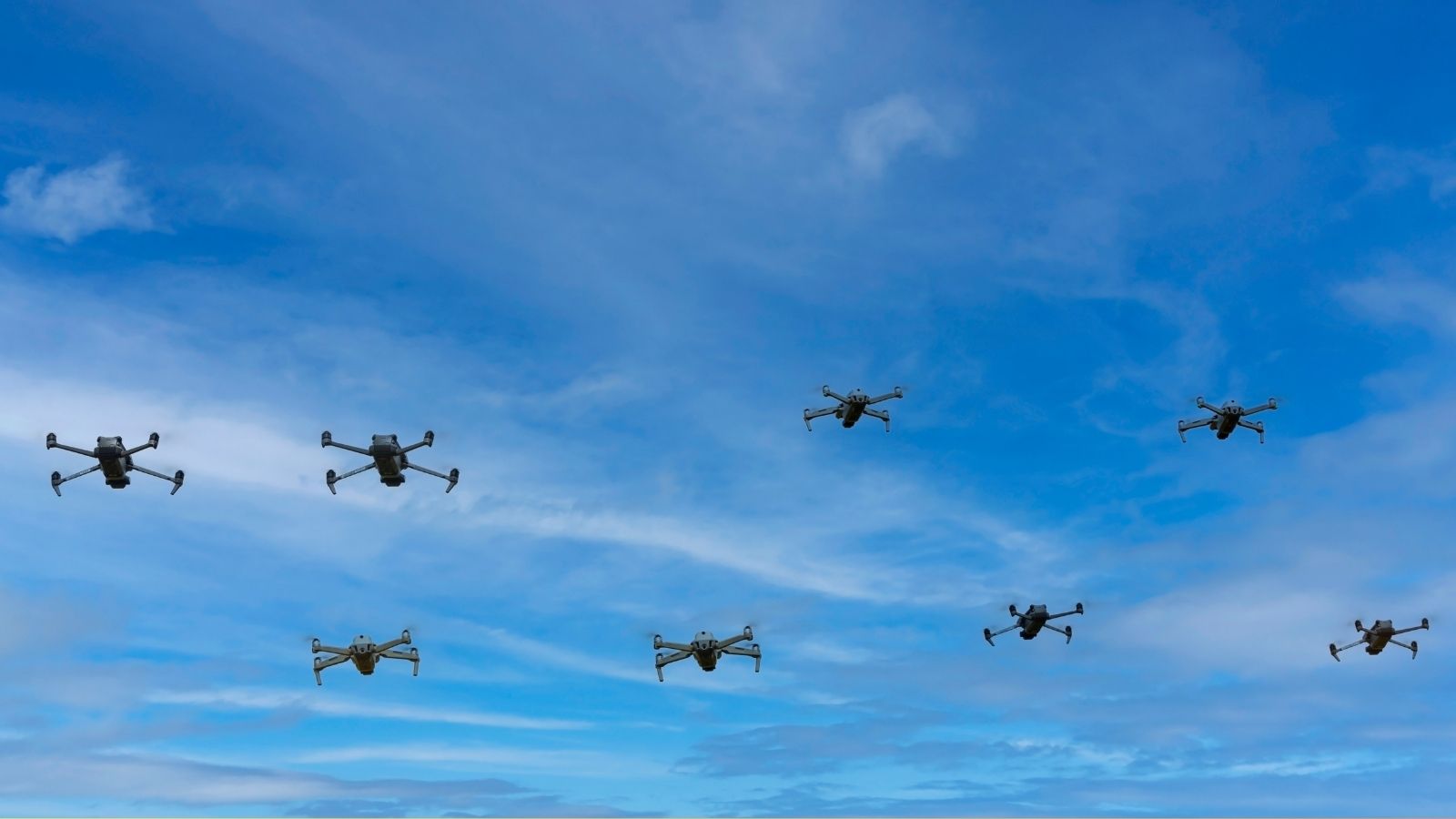
All the old science fiction movies have become reality, which is unbelievable. Drone cameras are among such inventions. They have contributed a lot to upgrading security measures and content creation. However, they have also increased privacy concerns by capturing personal pictures without consent.
Location Tracking Apps

AI technologies specifically designed to aid security and intelligence authorities are now available to laypeople. This has threatened every individual, making them easily traceable.
Health Data Privacy

Healthcare data privacy remains a critical concern in 2024. Wearable health devices and telemedicine generate vast health data. Secure storage, consent-based sharing, and encryption are vital. Major cyberattacks, including ransomware incidents, have targeted healthcare organizations.
For instance, Ascension’s electronic medical record system was crippled for a month due to a ransomware attack. Change Healthcare also faced disruption, potentially affecting the protected health information of over 110 million Americans.
Leak of Personal data
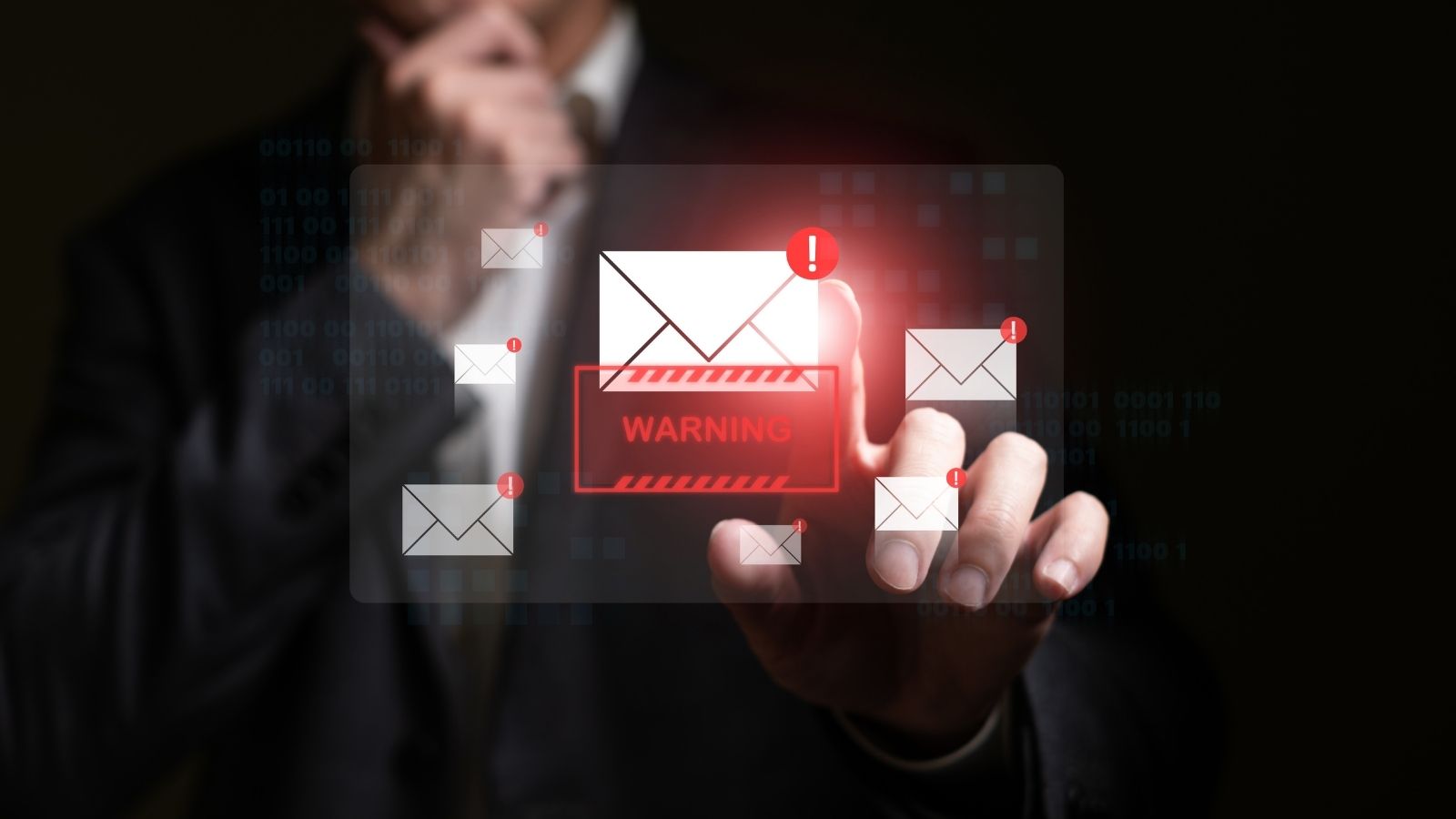
This virtual world we have created is risking our real lives. This global village is causing us considerable pain, which can be unbearable for some. These technologies and Apps can lead to the leakage and misuse of personal information.
Aggregator Websites

There has been an increase in online side hustles and jobs, but many are fake and unregistered. Filling out your personal information on these platforms can lead to the wrong use of this information.
Wearable Technology
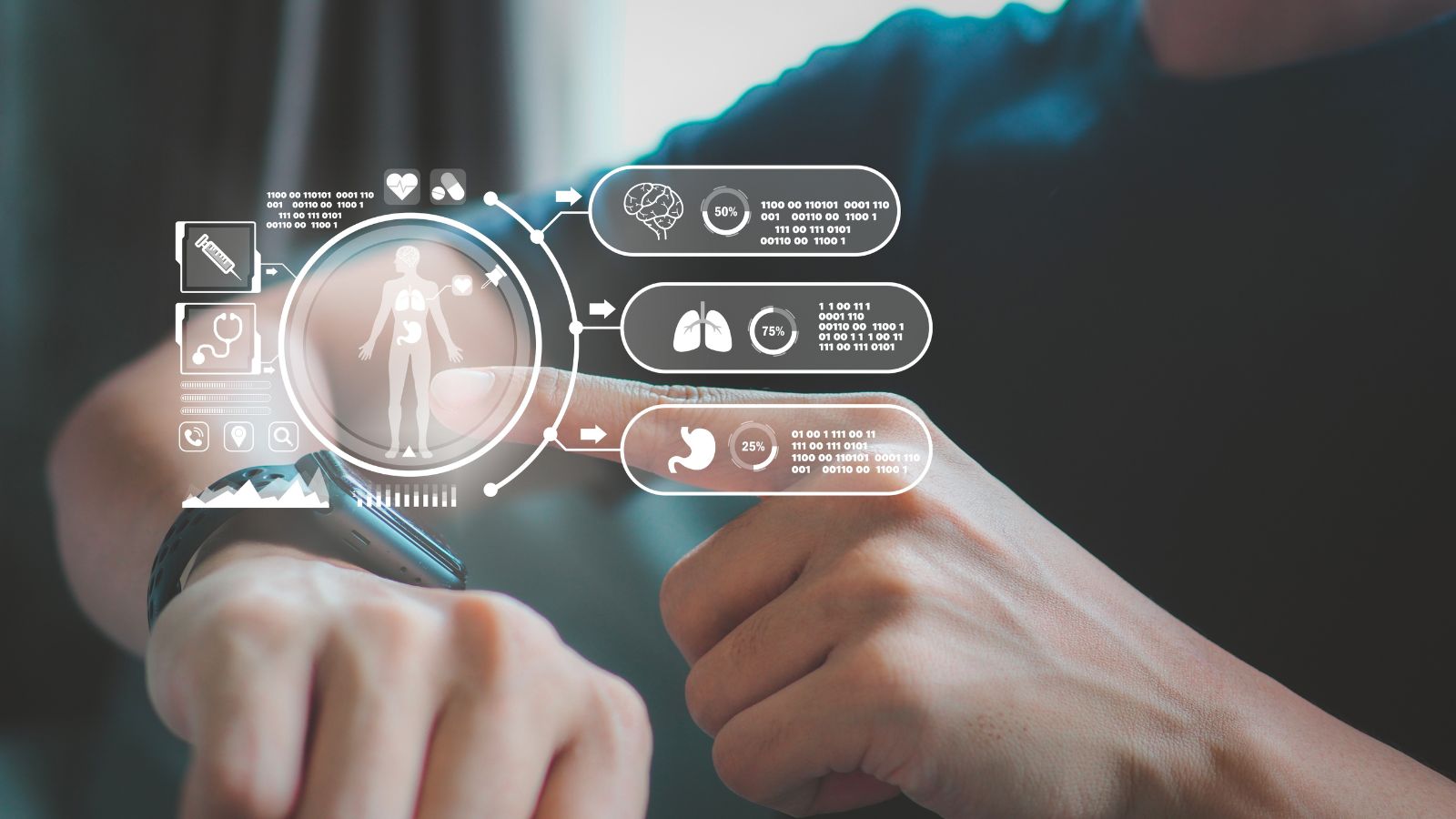
Among the latest technologies, innovative and fitness watches are unique. They are excellent in the way they help in our daily lives. However, there is another side of the story that is causing concerns. It has dragged us into the attack on personal privacy.
Usage of Public WiFi
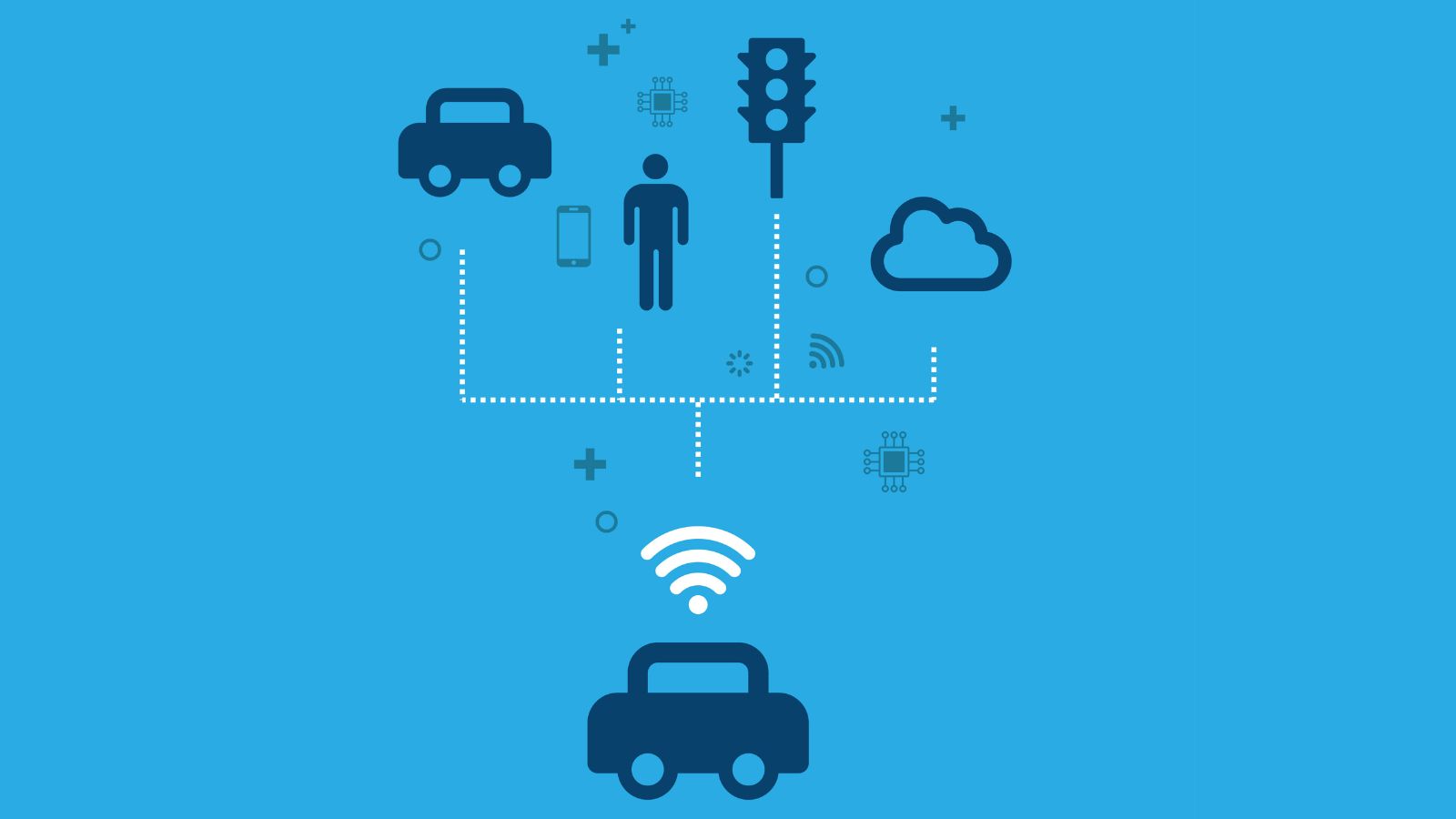
Public Wi-Fi is very risky. Although it may attract us as a facility, it is another essential platform for stealing personal information and data.
IoT Devices/ Smart Cities and IoT
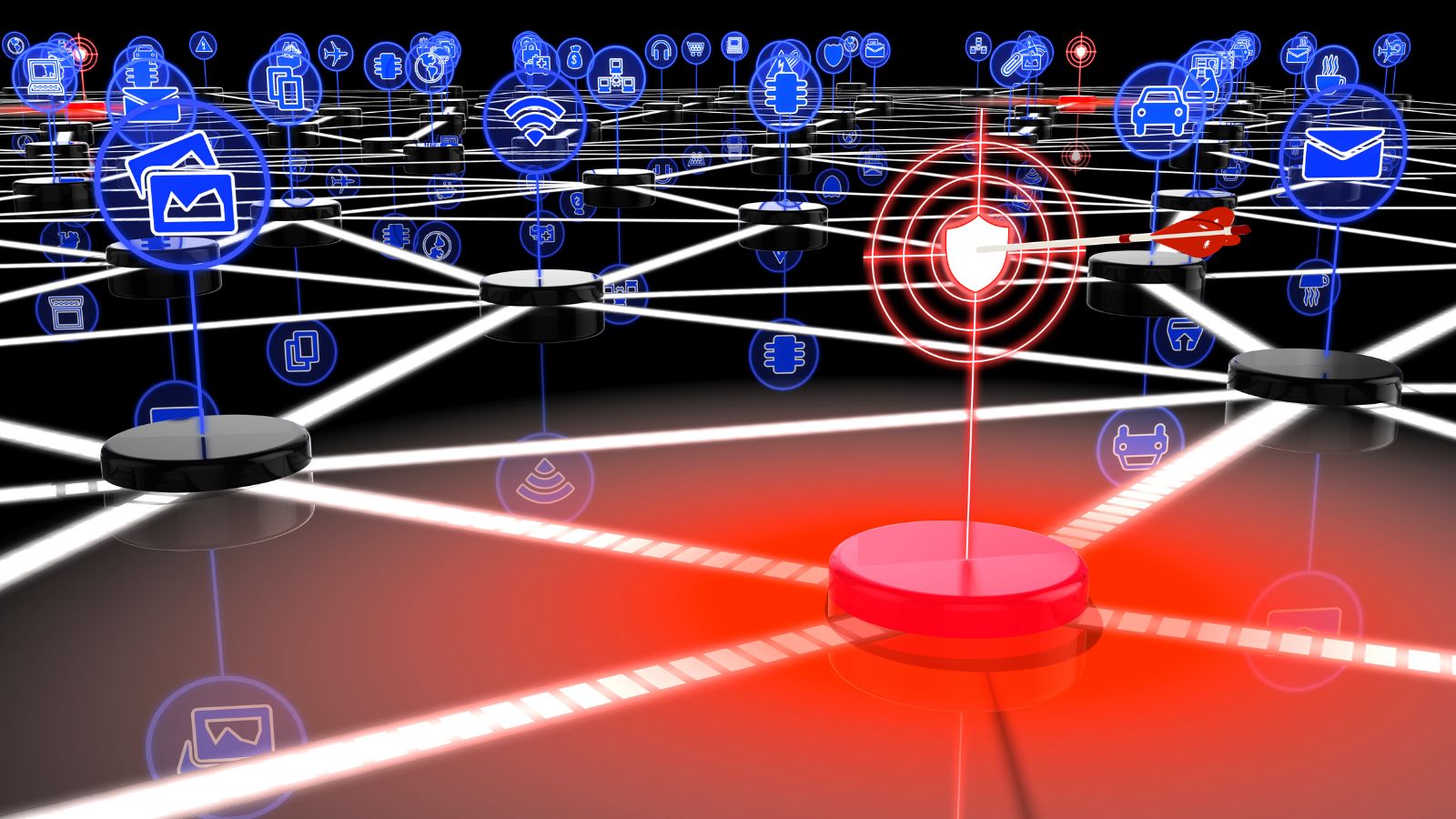
Smart cities combine urban development with technology, utilizing Information and Communication Technology (ICT) and Internet of Things (IoT) infrastructure, which brings about security and privacy challenges.
Key aspects include:
- Ensuring data protection for citizens utilizing mobile apps and devices within smart cities and services.
- Implementing robust security measures for power systems, healthcare, and other critical components in smart city infrastructure.
- Identifying and mitigating risks to smart city operations in the face of operational threats.
- Utilizing privacy-enhancing technologies such as blockchain and managing social media data.
Smart cities must find a balance between innovation and protecting citizens’ privacy.
Home Security Cameras
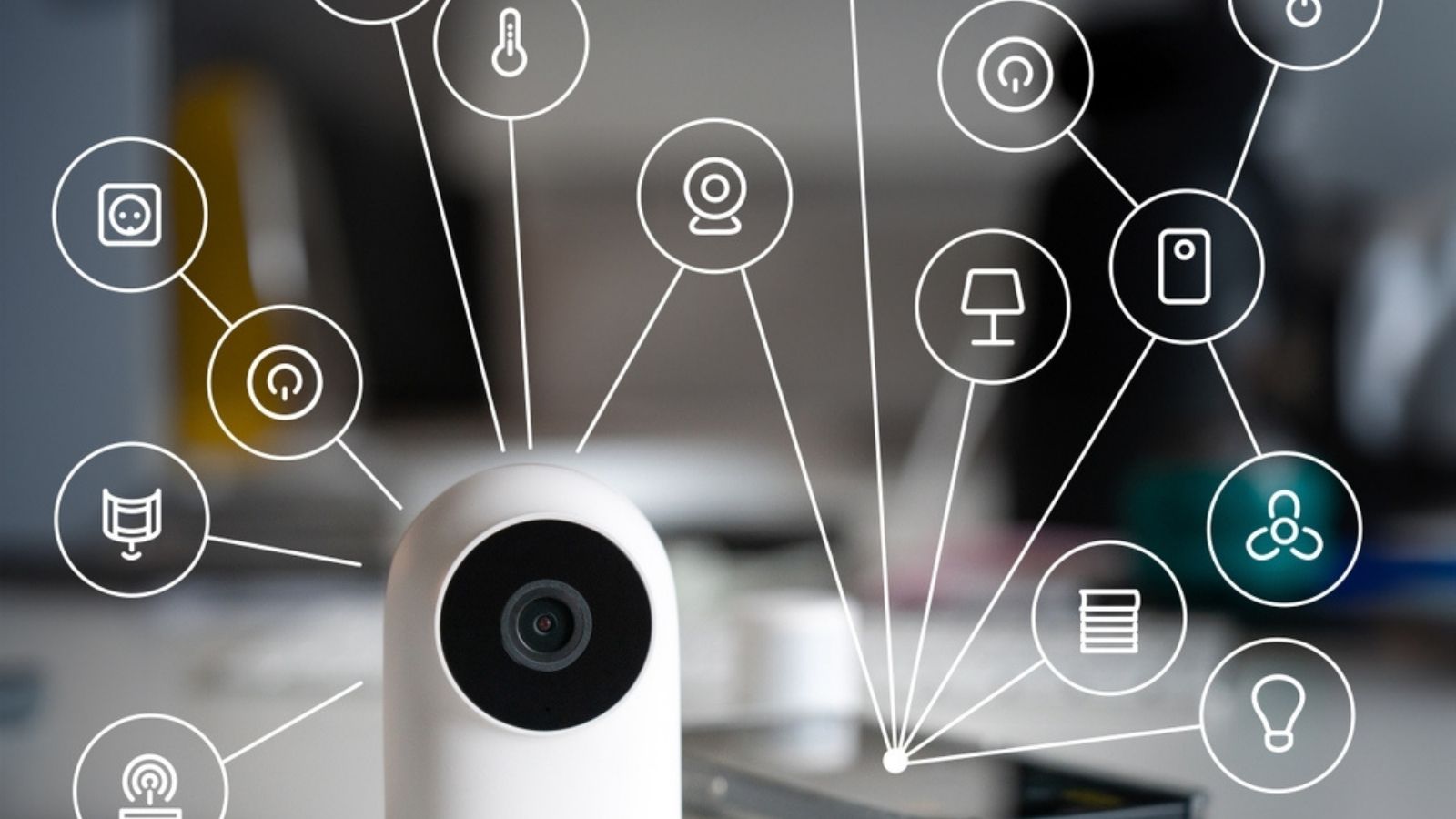
Whatever advancement technologies may have achieved, they are making our lives more vulnerable and uncertain. This AI technology, tracking devices, and security cameras have proposed more significant personal privacy risks than ever.
Social Media Concerns

All that glitter is not gold. Social media may attract and give one fame and popularity, but this is all at the cost of no privacy. A third party can use your hard work without consent, causing personal and professional damage.
Employee Surveillance
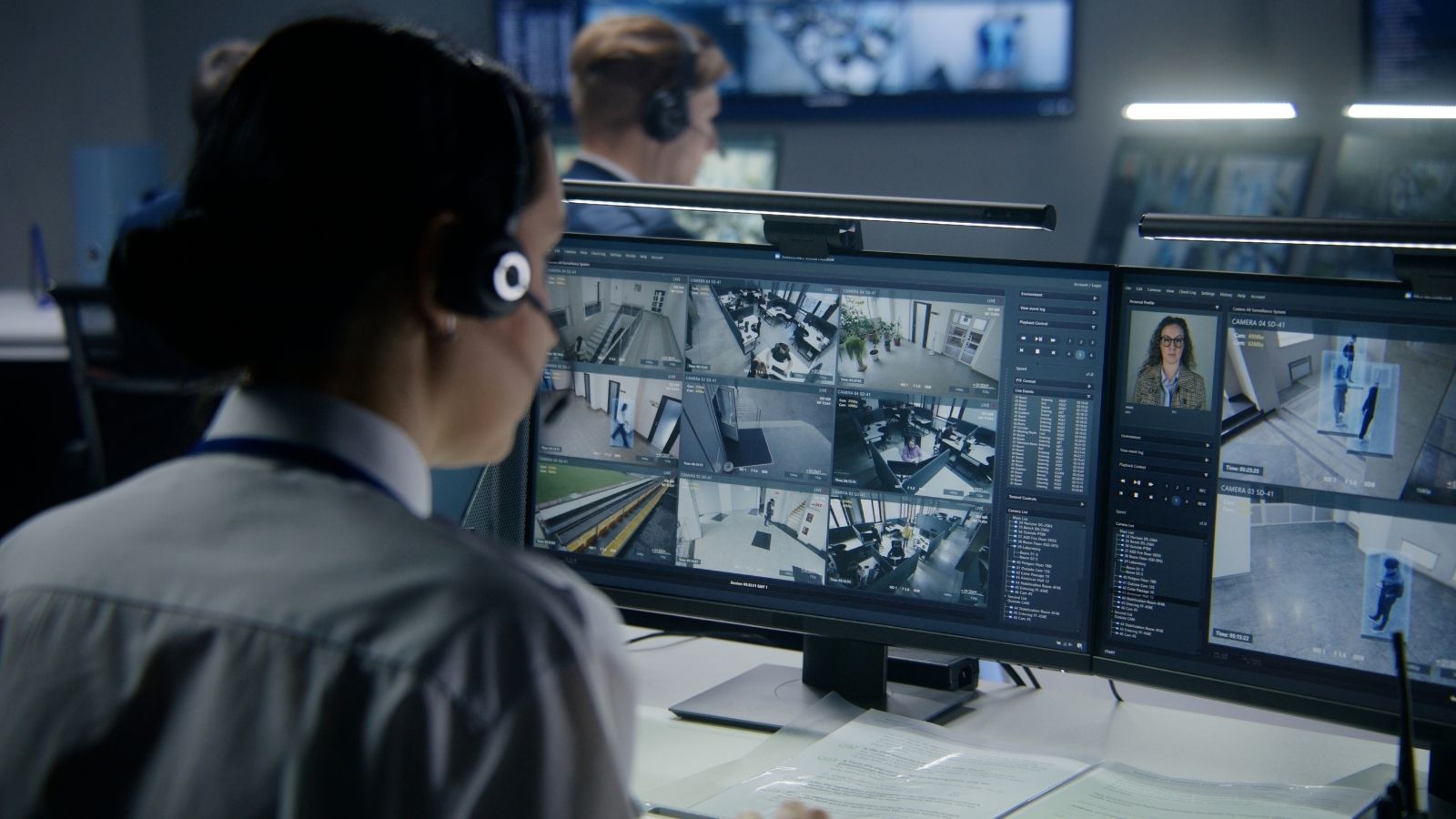
In today’s workplaces, employee monitoring is on the rise, as 43% of employees indicate that their employers monitor their online behavior while they are on the clock.
Workers who divide their time between the office and remote work face even more scrutiny, with 48% reporting monitoring, whereas those who work entirely remotely experience a lower rate of 37%.
Nonetheless, the lack of transparent communication regarding surveillance policies raises concerns. This type of monitoring can impact employee morale and productivity and may even contribute to feelings of stress and anxiety.
Conclusion

This is a little peek into the threats that can be and are faced by one’s privacy in 2024. However, it isn’t easy to anticipate the concerns we might be facing as history is always perceived and analyzed later. We can only predict but not be sure of the issues of today’s world. Life is becoming unpredictable, with every passing minute increasing our vulnerability and threatening our existence on Earth.
5 Canadian Provinces Predicted to Thrive in the Next Economic Boom
 To thrive in an economic boom, a region needs good infrastructure, talented people, government policies that support growth and uplift the economy, and a culture of entrepreneurship. Often, the demography can also be a significant indicator of a region’s economy in the next few years. Although reports may vary on which regions will perform the best economically, certain regions come up on every list. Here are 5 Canadian provinces predicted to thrive in the next economic boom:
To thrive in an economic boom, a region needs good infrastructure, talented people, government policies that support growth and uplift the economy, and a culture of entrepreneurship. Often, the demography can also be a significant indicator of a region’s economy in the next few years. Although reports may vary on which regions will perform the best economically, certain regions come up on every list. Here are 5 Canadian provinces predicted to thrive in the next economic boom:
5 Canadian Provinces Predicted to Thrive in the Next Economic Boom
